
Indian Internet Governance Forum conducted a series of workshops to discuss the multi-stakeholders approach to achieve meaningful last-mile connectivity which has affected people across different age groups and gender, especially from marginalised sections of the society, although India is the second largest user of the internet. Osama Manzar, Founder and Director of Digital Empowerment Foundation, was one of the panellists in the workshop stressing on the urgency of providing the basic backhaul for connectivity to reach the last mile in a meaningful and functional way so that the growing digital economy does not widen the current gaps. Today's TypeRight is based on the panel discussion.
When we talk about last-mile connectivity, we need to keep in mind that if we cannot achieve 100% connectivity, we cannot frame policies on the basis of 100% availability of access. In other words, the coverage of digital connectivity must have the coverage of all population. Let us take an example: there is a rule that every NREGA worker needs to mark her attendance on an app that is provided by the ministry of rural development and the app runs only on smartphones. However, not all locations where NREGA workers work has functional and active internet connectivity. Besides, not all workers have their individual and personal smartphones. Given the situation on the ground, most of the NREGA workers are unable to mark their real-time attendance and as a consequence have lost their wages even though they were working as per the physical reality. Ironically enough, several NREGA workers who had owned smartphones complained that quite often the mandatory app malfunctions and does not allow the users to mark their attendance.
Clearly, the policy was designed assuming that everyone owns a smartphone and everyone can afford internet and also the policy makers assumes that every location is adequately equipped with high-speed internet availability. Whereas the fact is none of these assumptions are correct. Needless to mention, the policymakers also assumed that every NREGA worker would be digitally literate enough to use smartphones to mark their photos embedded, and locations inserted as attendance efficiently.
There is a similar case in the case of health access. At the time of the COVID epidemic, when the government was making a mass campaign to request each and every citizen to get vaccinations, the government assumed that everyone would have access to the internet and it also assumed that everyone would be literate enough to access the internet and fill the form to get registration to seek appointment to get the vaccination. Obviously, not everyone is literate enough to fill the online form and not everyone has access.
According to the TRAI, close to 60% of the population in rural India don't have internet access and they have never used the internet. Needless to mention how there could be any decision or policy be thrust upon people based on the assumption of 100% internet access availability and adequate digital literacy.
There is another ironic example: there are more than 350 million people in India who are ration card holders and all of them are dependent on ration supply from the government. Almost all ration card holders live in rural India. But considering very poor digital infrastructure, only 47% of people in rural India have mobile broadband or wireless connectivity but all ration card holders are asked to mandatorily get their identity or biometric authentication to get their rightful ration.
Whether it is health access or food access for which we are making authentication through digital means, which is highly dependent on connectivity, we have to ensure that internet connection is made available to the masses and then respond based on this correlation.
We are in an emergency situation. The SOS situation is for millions of those who are entitled but cannot have them because of being digitally excluded. Unless we understand the emergency situation of the dependence of unconnected people on connectivity, we may not realise how fast it needs to get done at the least. It is important to realise what and how fast this bridging should have been done in the past, in hindsight, rather than plan for the next 10 or 20 years that eventually last mile connectivity will be achieved or when the challenges of innovative technology or alternative resources are met. If it is indeed based on alternate connectivity, then we should offer an alternate policy as well and if we don’t have authentication, something else should be accepted. It is very important that we co-relate Access as a human right and contextualise the Access infrastructure with digital policies that directly affect the masses.
We cannot brush aside the lack of access or digital connectivity. On the contrary, most of the 250,000 village panchayats are not connected. There is a statistic that close to 40,000 villages in India are completely unconnected with mobile access infrastructure. We know that BharatNet claims that 125,000 panchayats are connected and “service ready”, but functionally they are not connected. The functionality of the three bars of connectivity is irrelevant. The important point here is when we talk about last mile connectivity, we must ask questions like: is this mandatory for human rights, access to certain entitlements, right of access to food, education and other basic needs?
During COVID, since all schools were closed and teachers and students were homebound, we announced that everyone can access education online. How could we make that announcement without making connectivity or the device available on the ground? That is the first aspect. The second aspect, which is a sub-aspect, is when we talk about last-mile connectivity, we have to talk about last-mile meaningful connectivity and not just connectivity. For example, during the workshop, when I was able to hear the panel and they couldn’t hear me, that was not meaningful connectivity.
Gender is another layer of un-connectivity and exclusion. Two thirds of women are never connected and they make up half the population of the country. In rural areas, they are the largest working force actively participating in agricultural activities, SHG groups, and micro or nano-enterprises that can heavily benefit from connectivity. But it is not made available to them. Last-mile connectivity should be seen through the lens of meaningful connectivity as well as gender inclusion.
What about solutions? For example mesh network is a very good alternative of which PM WANI is part. Although PM WANI is a very good alternative, we have been unable to implement it in an entrepreneurial way for mass-scale adoption to achieve last-mile connectivity. To make PM WANI successful, we have to make Bharat Net available at every panchayat level such that each panchayat can act as a wholesale distributor of infrastructure to establish connectivity. For instance, if I visit the panchayat office, they should be able to hand me a set of materials for me to set up my own network. This would make PM WANI successful as it decentralises the licences which allow anyone to buy or sell connectivity. But one can only buy or sell when it is easily available out of the rack. If you read the G20’s endorsement of the case study, DEF and PM WANI’s model of mesh and community networks have been adopted and incidentally, India is taking over the presidency of G20 this year. This is a matter of pride for us and at the same time we should make last-mile connectivity through PM WANI exercisable and doable just like a multipurpose store where you can buy anything. In the exact same way, we should make it available such that a retailer can just go and buy connectivity. Buyers can range from ASHA workers, Anganwadis, Panchayats, SHG groups or rural entrepreneurs. We have to just make it available.
But WiFi is a subset of the backhaul. If you don’t have the backhaul, you can only have intranet WiFi. The opportunity is that the backhaul should be made available in retail or wholesale on demand placed by the people at each point like Panchayat offices. Following that, everybody will be able to take it forward. The only policy we need is that Bharat Net be made available for everybody off the rack. It can include other ISPs also. Then we will see that PM WANI will be made successful as the ball would be in the people’s court. We wouldn’t have to intervene much. You then allow the people to make the bills to connect the last mile but ensuring that you facilitate that happen is critical.
You can watch the full panel discussion from IIGF here:
As soon as we stopped writing “how poor internet connectivity” is a cause for sufferings for millions of people whose lives have been made mandatory to live through digital means; we found the following news in The Hindu, which clearly explains that millions of people are suffering from inadequate bandwidth.

In Other News
First, some positive news regarding privacy- although more details are awaited-
Moving on to other news on censorship of the internet-
And to some positive news from the budget session in Rajasthan:
Meanwhile in TN, Aadhaar is becoming mandatory for paying electricity bills:
However, in other news from the same state, the government plans to digitise thirty lakh pages of palm leaf scrolls.

Hate Speech related issue makes it to Supreme Court and it is asking the Maharashtra Government for accountability.

After 28 years of Internet in India, government has now realised that their websites need to be standardised for accessibility.

India is perennially casteist, obviously the culture has to reflect on social media as well.

Sone good news that rehabilitated bonded labourers are being exposed to doing business online.

A Country’s Freedom of Expression can also be gauged from how many websites are being blocked on a regular basis.

India is a country where the government claims that they provide free ration to more than 80 crore or 800 million people on a monthly basis, which means so many people would be eligible voters. However, another data claims that 30 crore, or 300 million people are missing from voters list who should have been the eligible franchise to exercise their right to vote.

Updates from DEF
From APC's coverage and newsletter on Community Networks:
And a reminder on a deadline extension for the 2023 SoochnaPreneur Award:
and our digital didi campaign:
We will be back next week with more updates on digital empowerment!




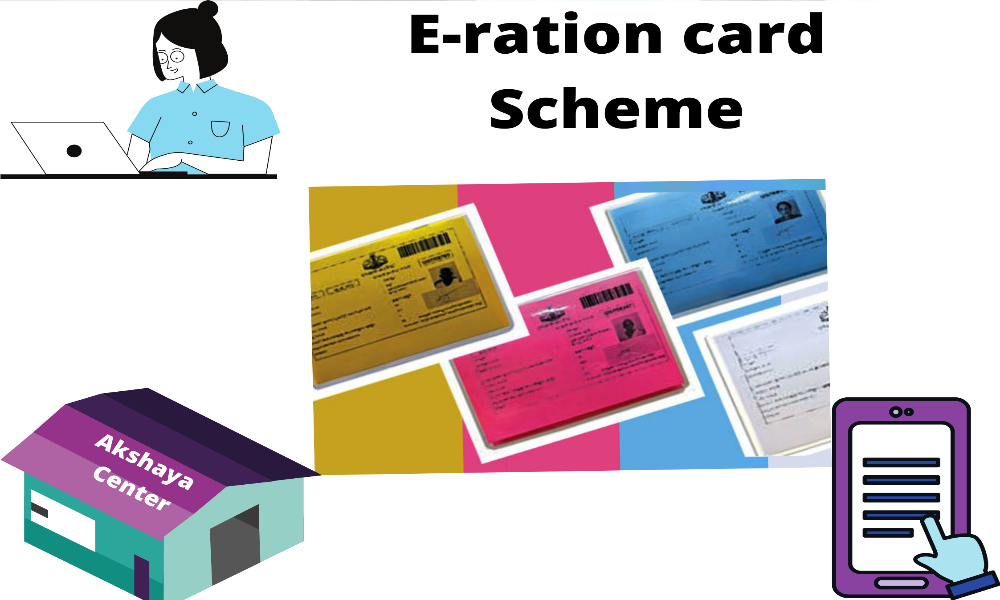





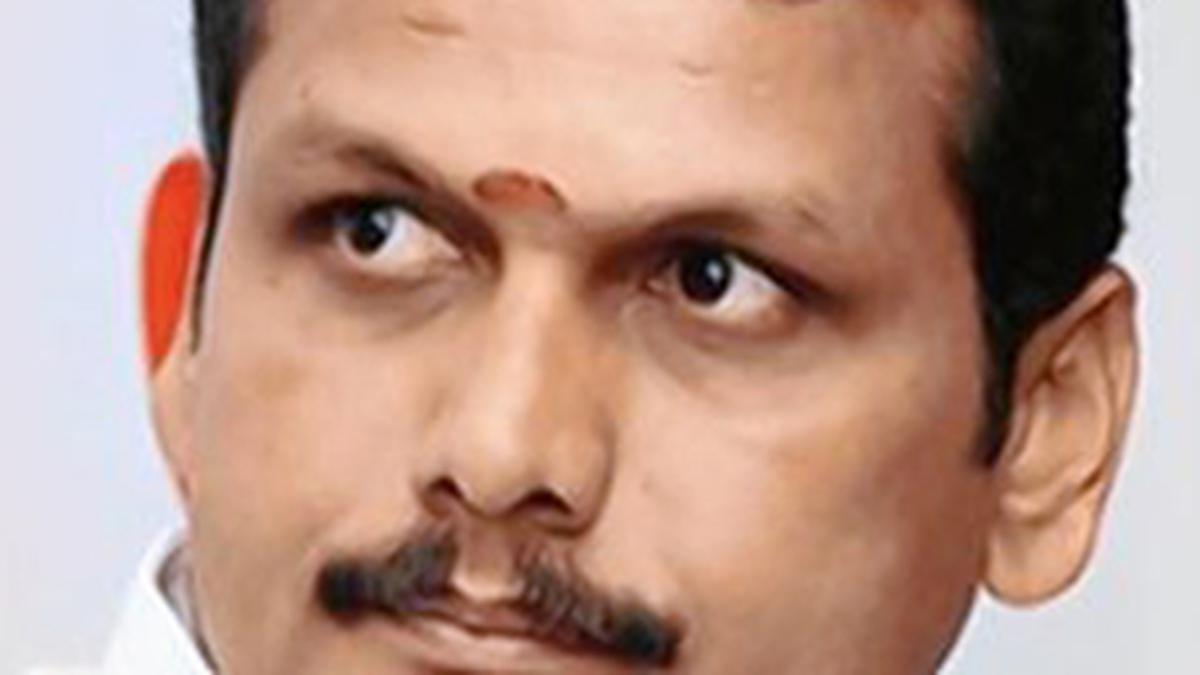
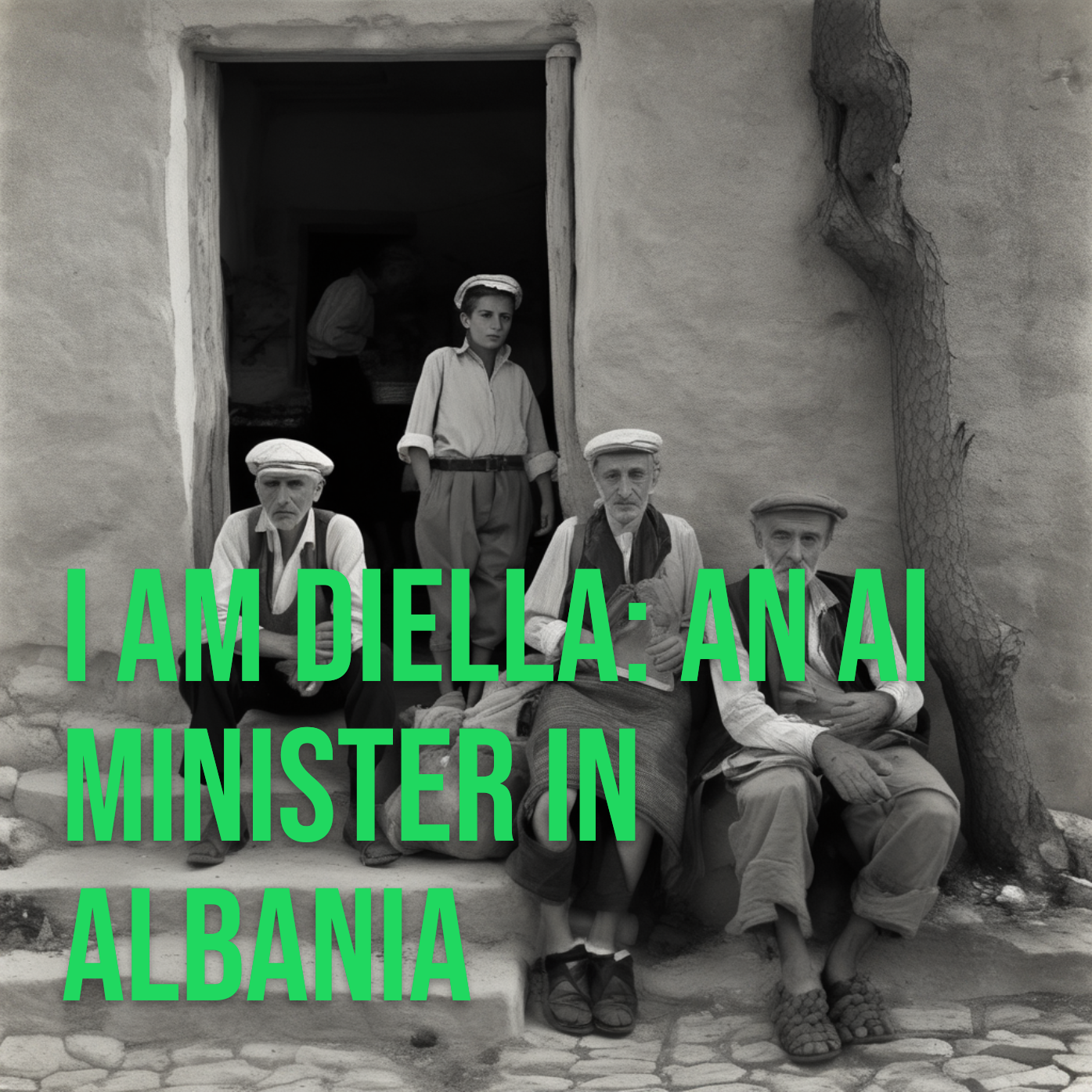

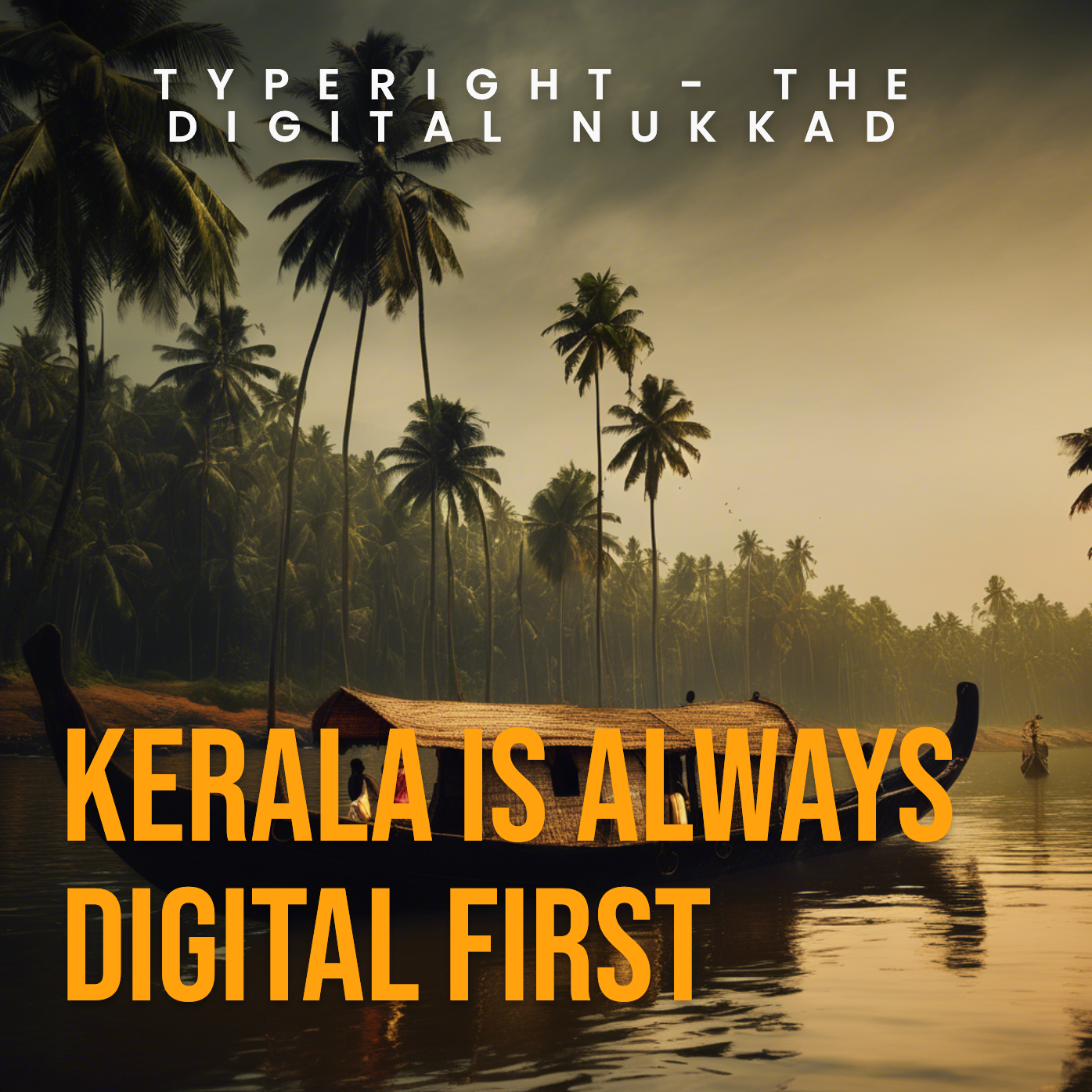
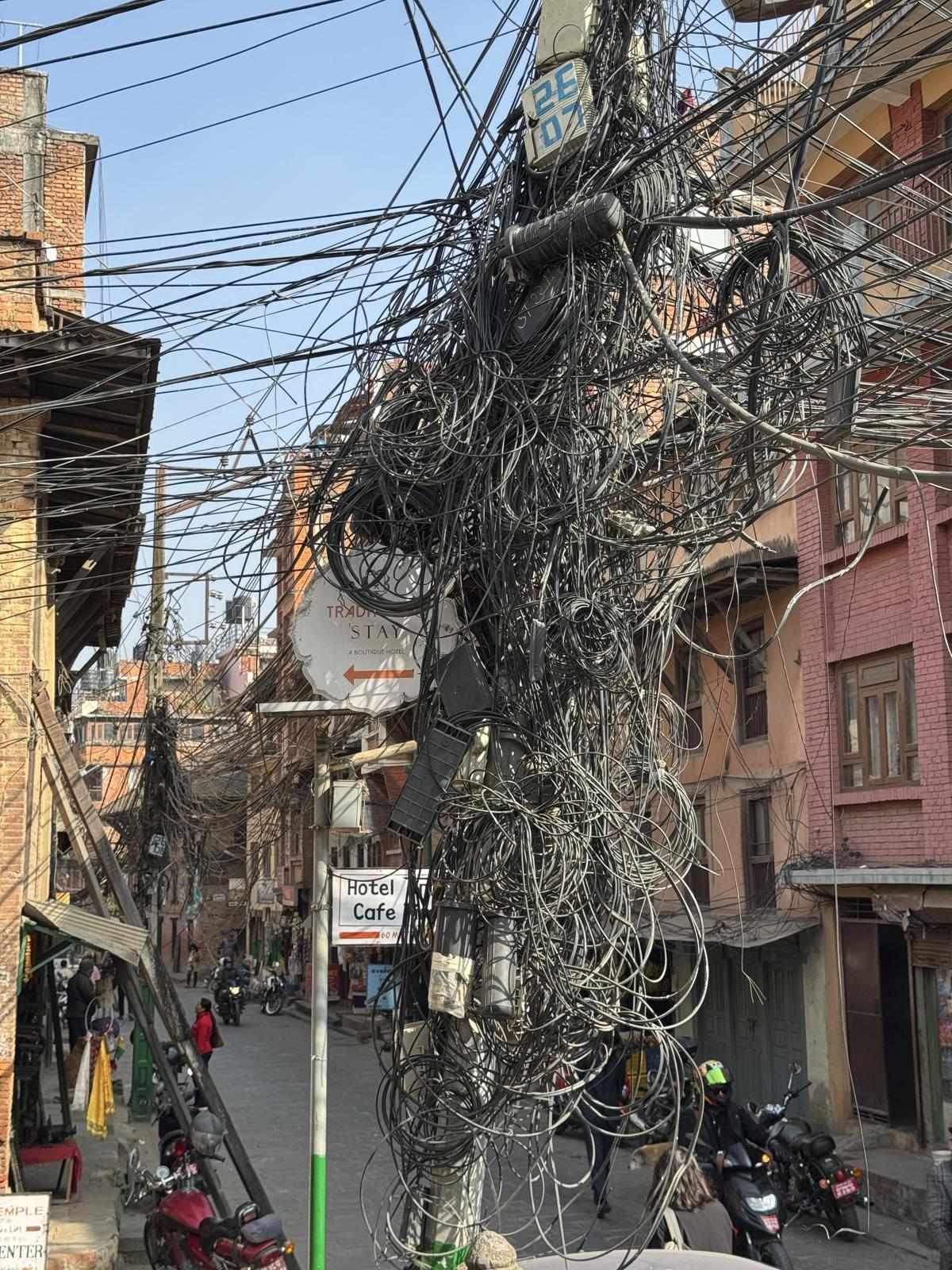
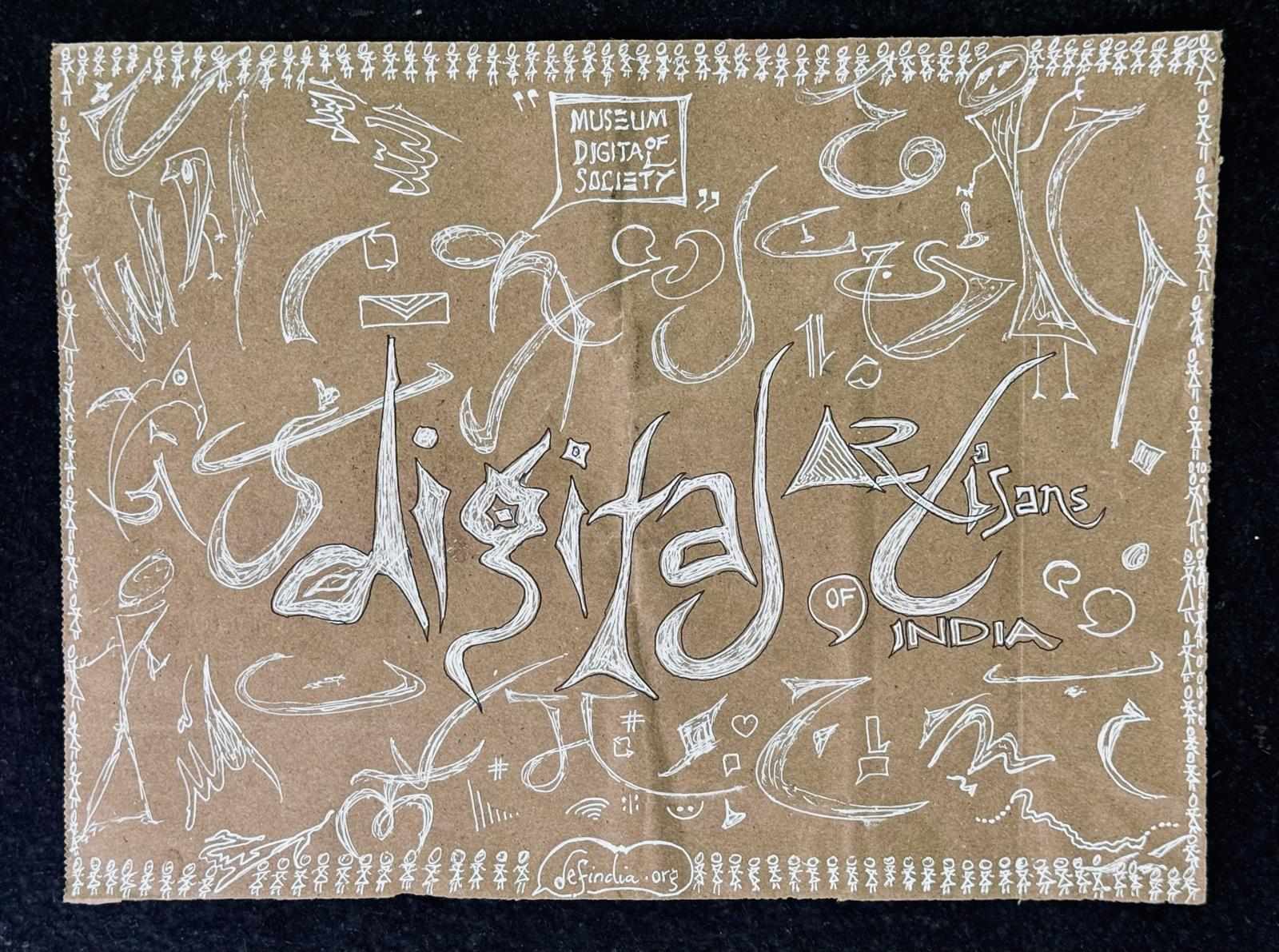
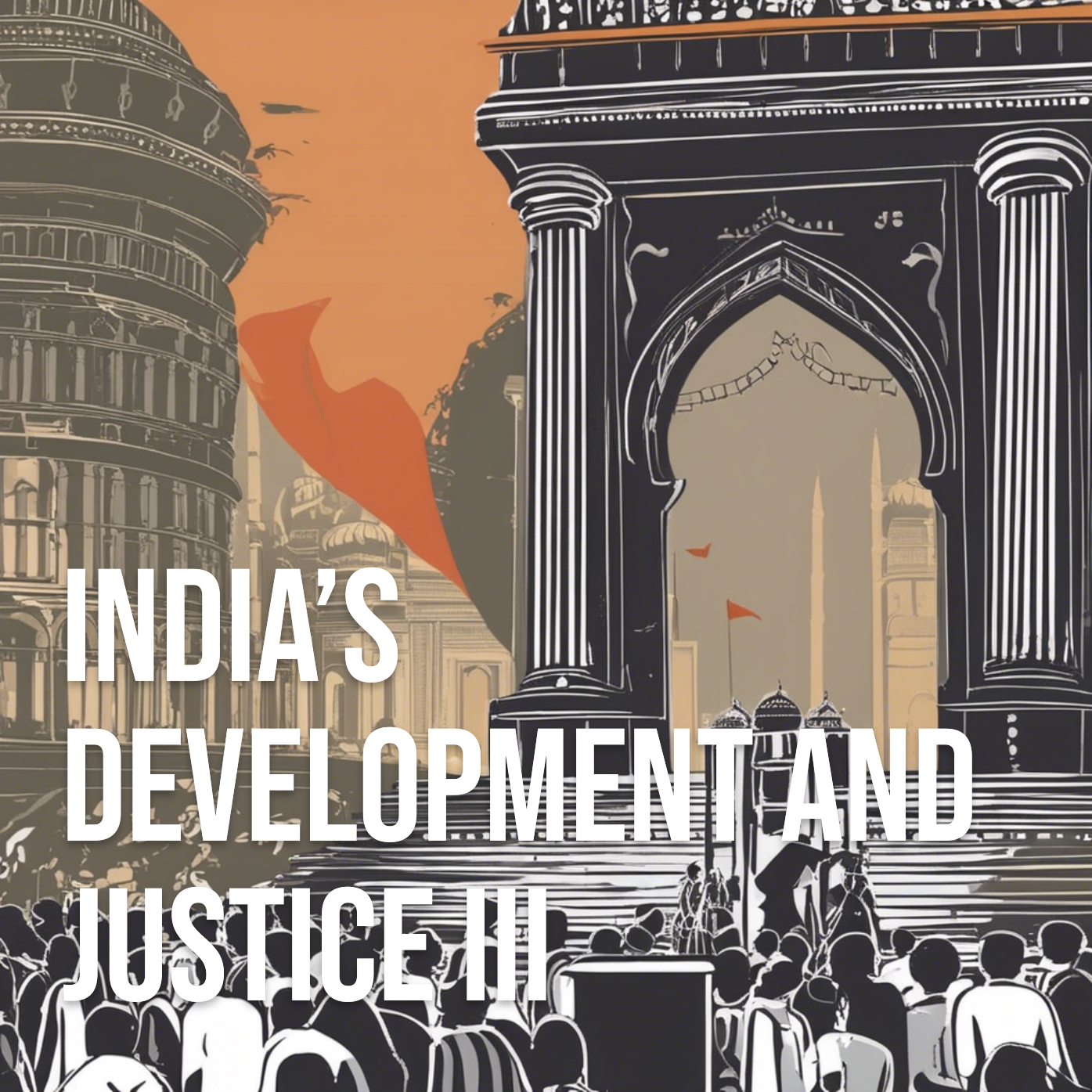
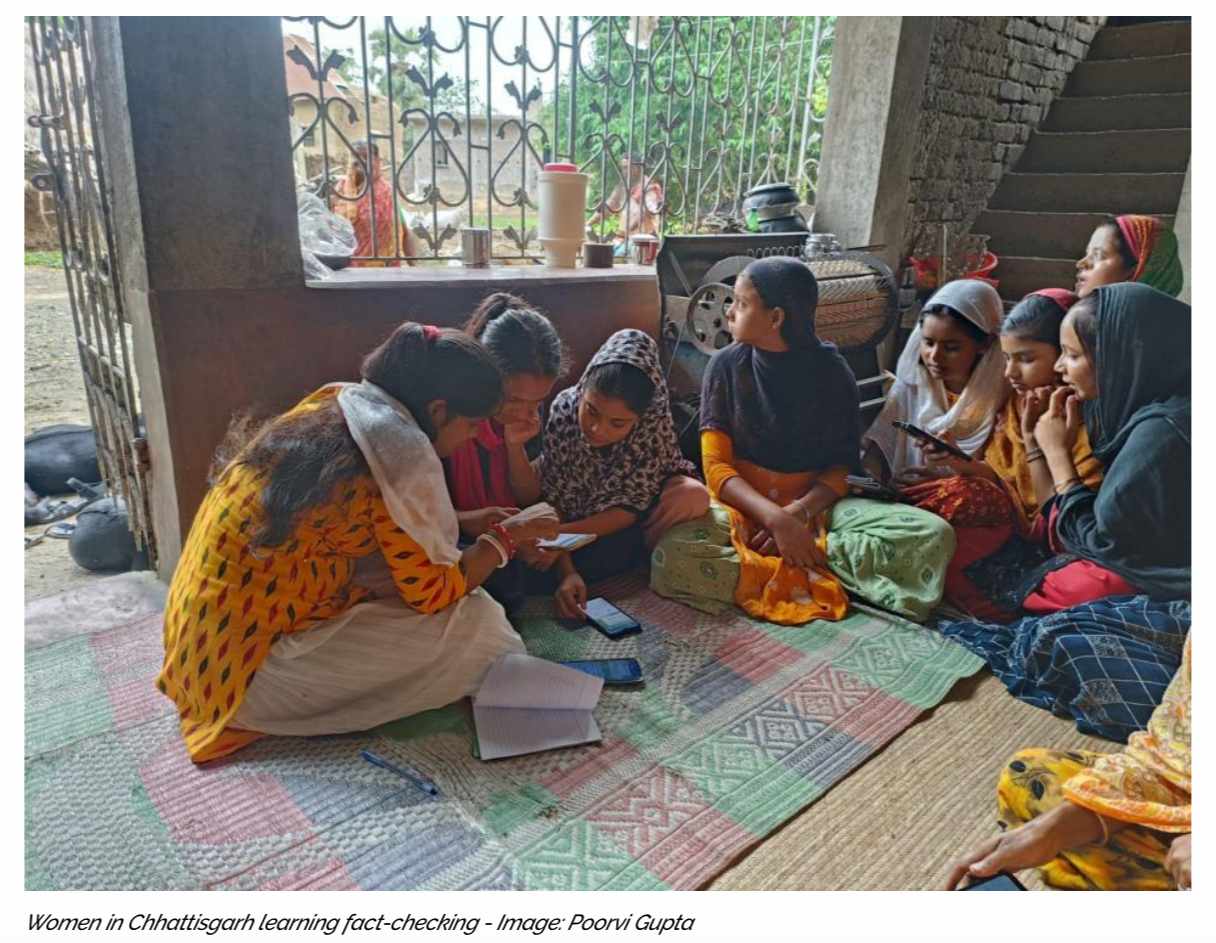


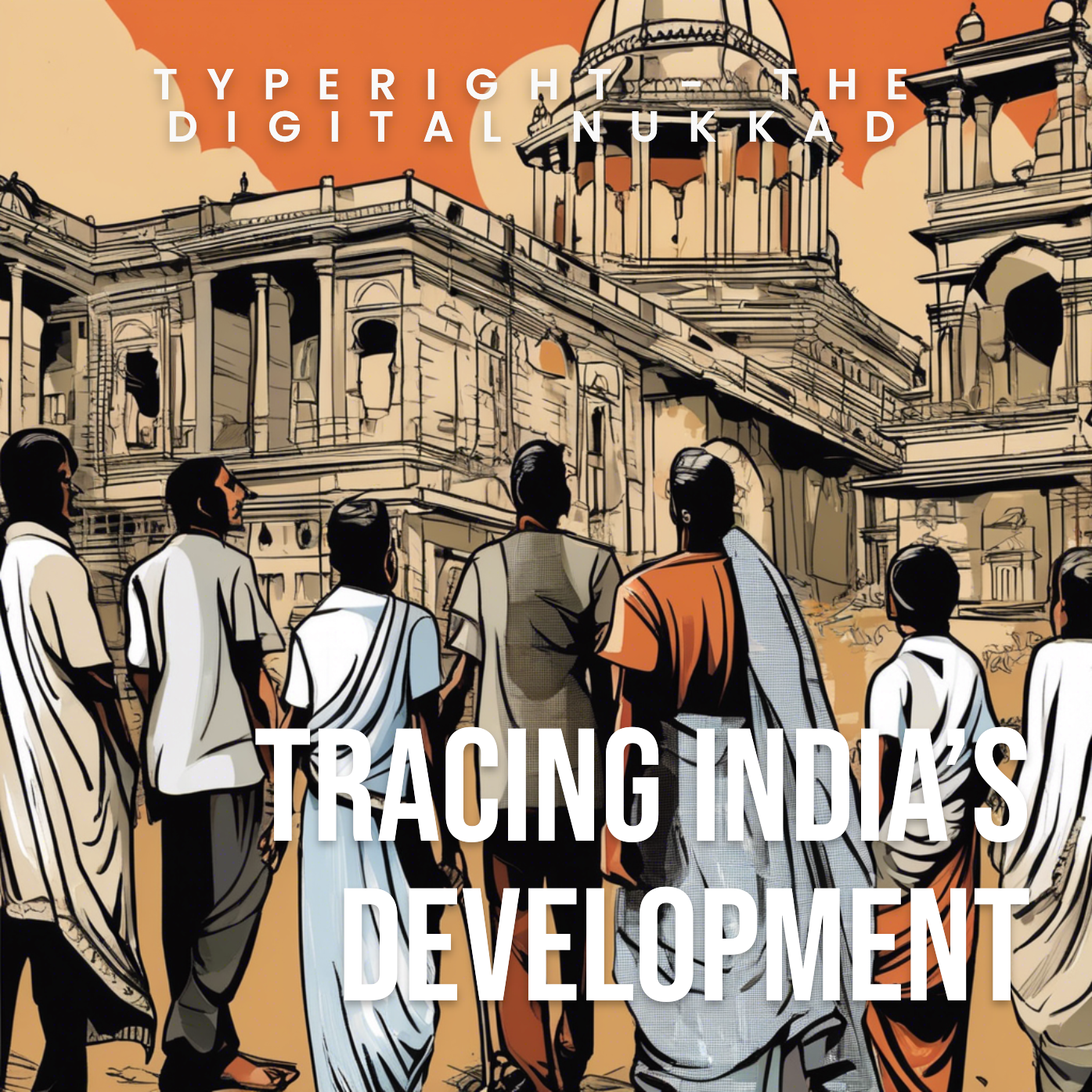









 might be?](https://sk0.blr1.cdn.digitaloceanspaces.com/sites/1394/posts/714526/dbc8de4c-5c50-411f-aba0-55cfb74a692d.jpeg)

Write a comment ...